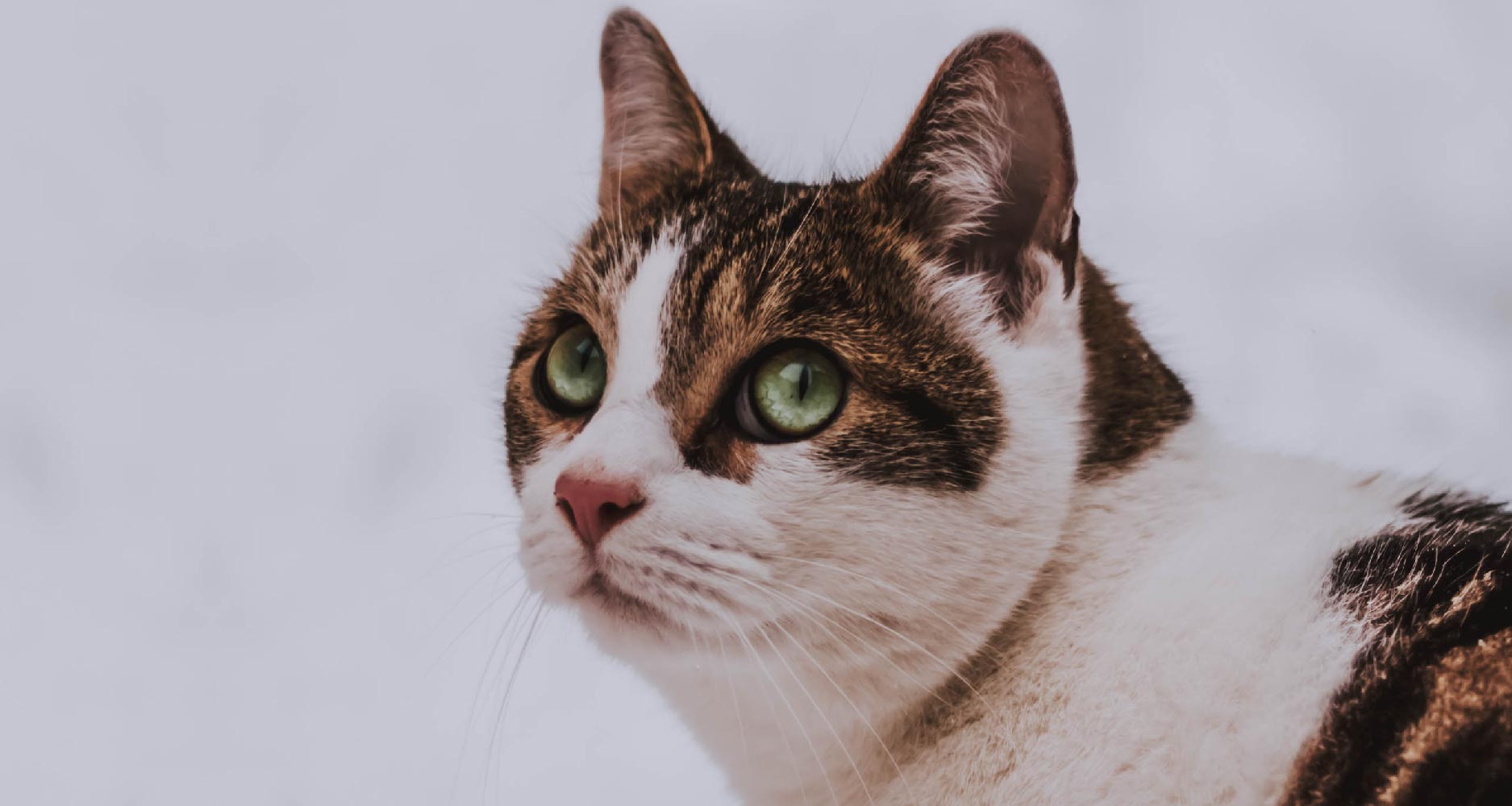HEALTH & WELLNESS

VOTING BOOTH

TRENDING

LIONS FOUNDATION OF CANADA DOG GUIDES
Lions Foundation of Canada Dog Guides and its founding program, Canine Vision Canada, was established in 1983. It’s the largest school of its kind in Canada with its training school in Oakville and breeding facility in Breslau.
The Management and Prevention of Diabetes in Cats

While there may not be a cure for diabetes in cats, it can be managed quite successfully.
A Quick Overview of Diagnosing Diabetes in Cats
The following can help diagnose diabetes in cats:
- Confirm clinical signs
- Test glucose levels in urine
- Test glucose levels in blood
- Measure concentrations of fructosamine (a molecule) in the blood
Diabetes Treatment Goals
- Normalize appetite
- Reduce or eliminate signs of weight loss
- Restore normal blood glucose concentration
- Reduce or eliminate signs of increased thirst and urination
- Avoid causing inappropriately low blood sugar levels (hypoglycemia) through therapy
The objective is to eliminate signs of diabetes while avoiding associated complications.
Complications of Diabetes
- Weakness
- Weight loss
- Low blood sugar
- Impaired coordination
- Poor hair coat (not grooming)
- Plantigrade stance caused by nerve damage
- Recurring ketosis (body doesn’t have enough glucose for energy)
- Poor glycemic control caused by simultaneous infection, inflammation, hormonal disorders or neoplasia
Treating & Managing Diabetes in Cats
Dietary Management
- Possibly a diet restricted in carbohydrates
- Weight loss programme for overweight cats
- Diet that combats weight loss associated with diabetes, if applicable
- Multiple meals per day or unrestricted access to food if weight loss is problem
Insulin Therapy
- Initial insulin therapy
- Frequent evaluations
- Insulin therapy adjustments
- Continue above until an effective treatment protocol is determined
Owners can learn how to administer insulin injections and (along with their cats) usually adapt well.
IMPORTANT: CAT INSULIN = DIFFERENT FROM DOG INSULIN = DIFFERENT FROM HUMAN INSULIN
Preventing Diabetes in Cats
You can reduce your cat’s risk of developing diabetes by taking the following steps:
- Watch your cat’s weight
- Encourage and provide means for physical and mental exercise
- Proper diet: some recommend a high-protein, low-carb, grain-free diet
- Never skip regular check-ups and contact your vet if you’re concerned about any changes
- Take your cat for regular blood and urine screenings
There’s Hope
Cats with diabetes can live a high quality life for many years if the condition is properly controlled.
![]() Take action, and book an appointment now! Consult your veterinarian to discuss any concerns and ensure your cat receives the care they need. Find a veterinarian near you.
Take action, and book an appointment now! Consult your veterinarian to discuss any concerns and ensure your cat receives the care they need. Find a veterinarian near you.
Related Articles








